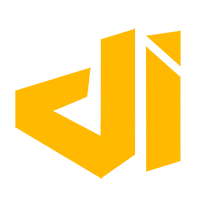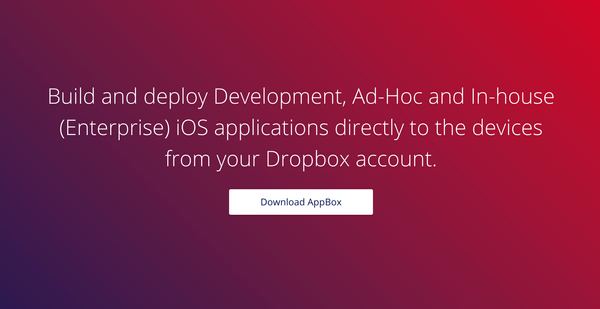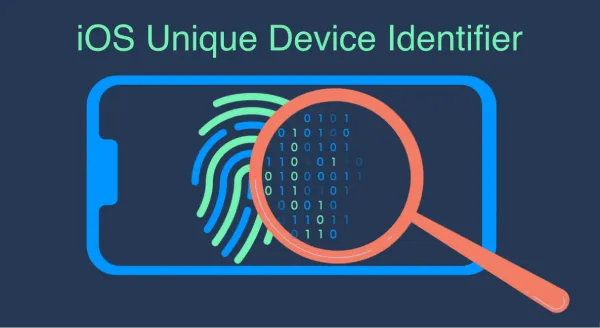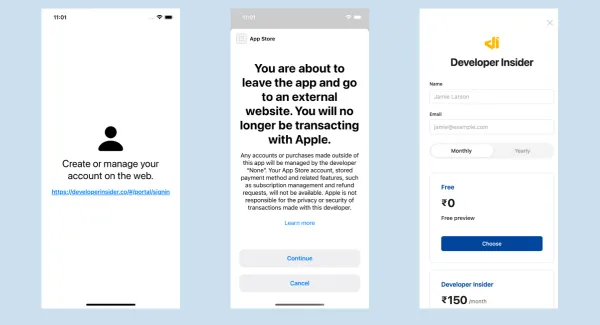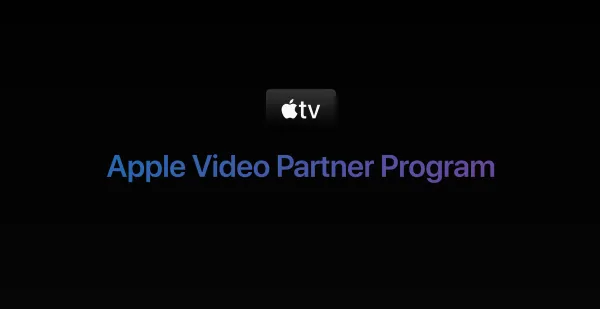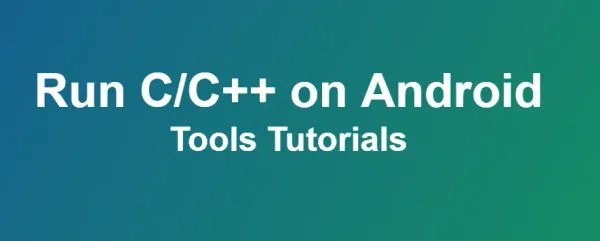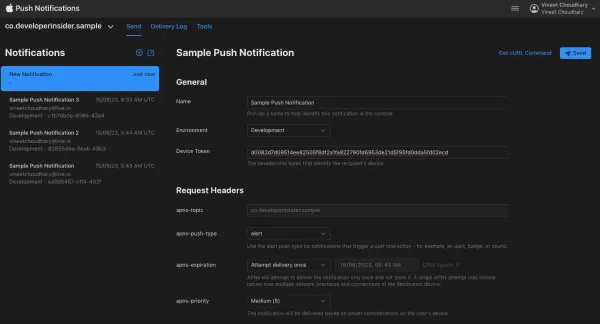Microsoft introduce a new app development concept map for app developers that aligns software development concepts across the iOS, Android, and Windows platforms. App developers new to Windows 10, who are already familiar with Android or iOS, will be able to use this reference to quickly orient themselves on building for the Universal Windows Platform(UWP).
Like the 2nd century B.C. Rosetta Stone tablet, which enabled translation between three different ancient languages, this Windows app concept map can be used to translate ideas between Android, iOS, and Windows, making porting much easier between platforms. You can use the concept map side-by-side with other useful resources found in our porting apps to Windows 10 section on MSDN. Reviewing this guide will help you port your apps to Windows and expose them to a larger user base.
The concept mapping guidance is broken out into 15 sections to make navigation between concepts and platforms simple:
- User-interface – overview of controls and styling
- Navigation and app structure – toolbars, layouts and back buttons
- Custom inputs – speech recognition and beyond
- Data – databases, REST calls and web sockets
- Tooling – comparing IDEs
- App lifecycle – suspend and resume events as well as background tasks
- Performance – threading, async calls and performance best practices
- Monetization – in-app purchases and trials
- Adapting to multiple platforms – responsive layout and device capability testing
- Notifications – push and scheduled notifications as well as display widgets
- Media capture and rendering – video and audio
- Sensors – accessing raw and processed sensor data
- Location and mapping – maps, geofencing and geocoding
- App-to-app communication – talking between different apps
- Software design – overview of preferred design patterns by platform
As per MSDN, If you're a developer with Android or iOS skills and/or code, and you want to make the move to Windows 10 and the Universal Windows Platform (UWP), then this resource has all you need to map platform features—and your knowledge—between the three platforms
